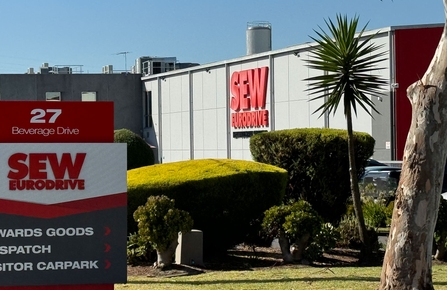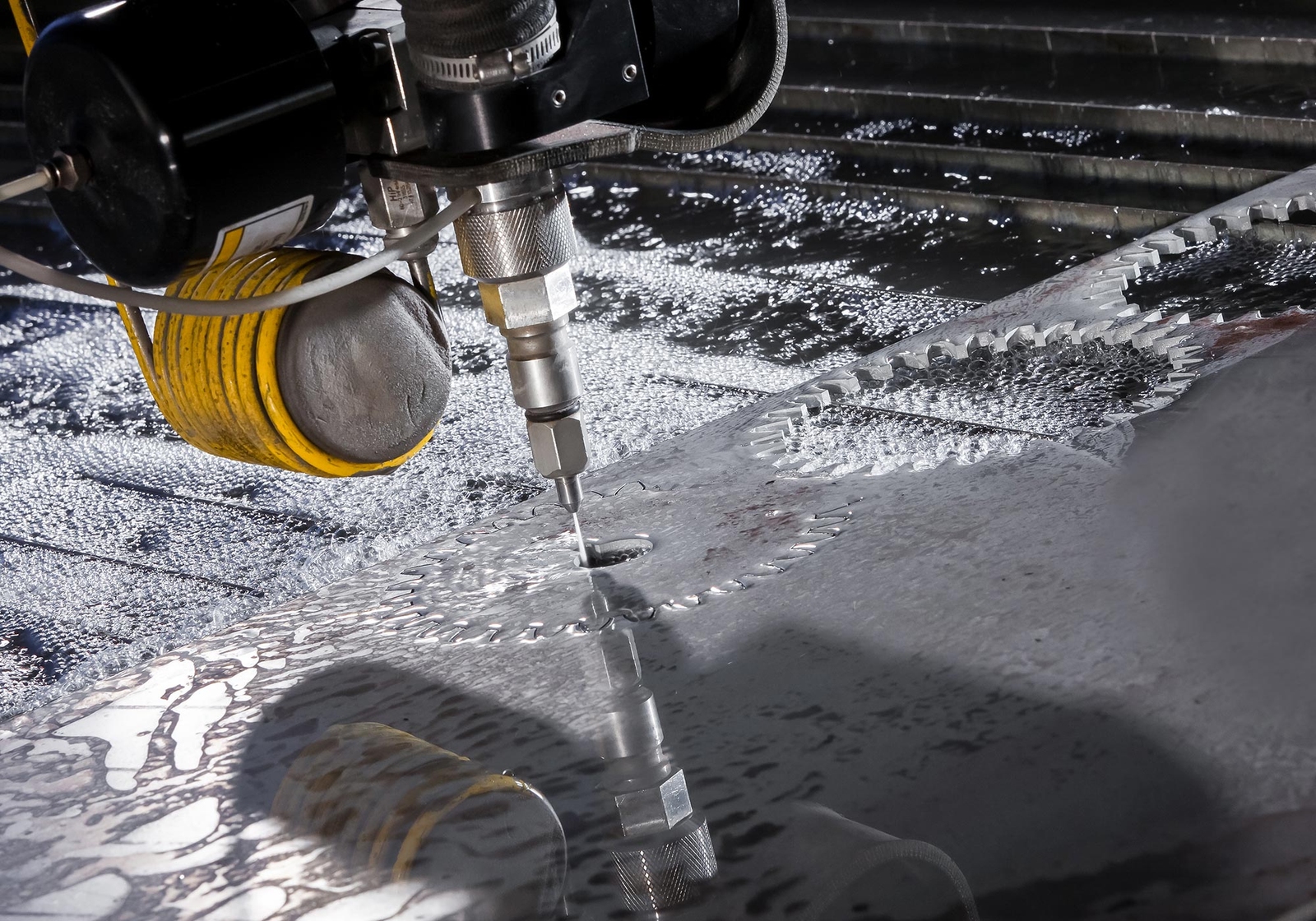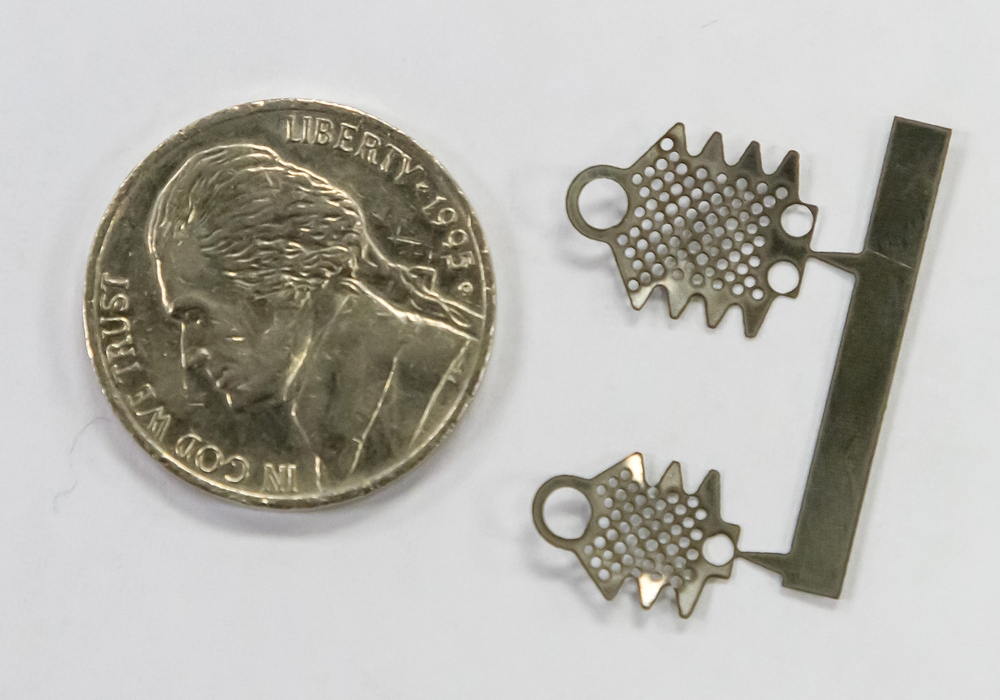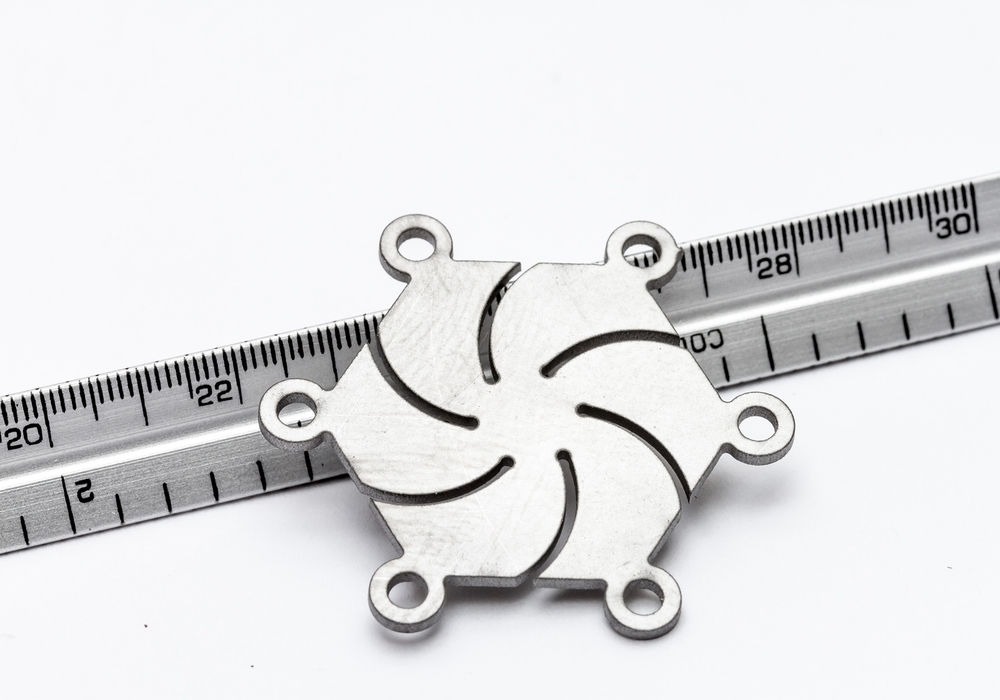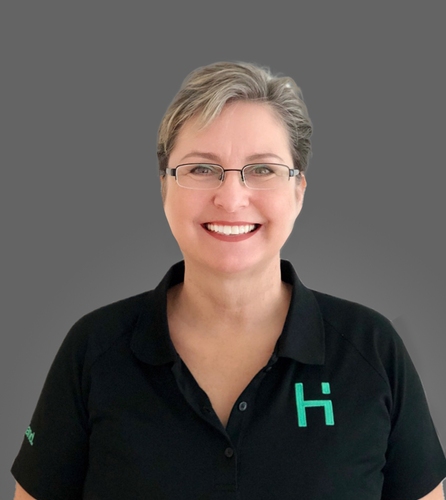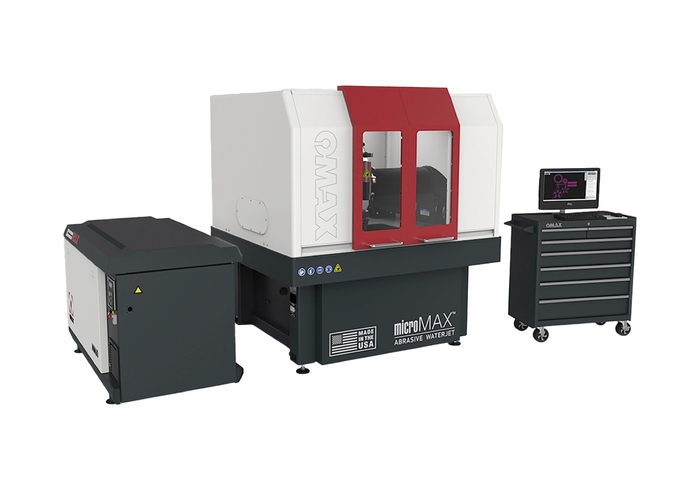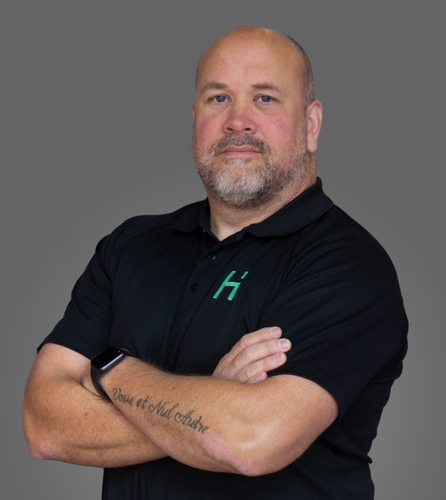Abrasive waterjet machines are increasingly being used by medical component manufacturers. It’s a versatile, accurate process that meets the needs of many medical part makers while also providing some capabilities that other machining processes don’t. These manufacturers prefer waterjet machining because it does not produce a heat-affected zone, which can impair part performance.
Abrasive waterjets can virtually any material
Furthermore, medical applications frequently involve small, complex parts that can be difficult to clamp and hold steady against the force generated by traditional machining methods. Abrasive waterjet cutting applies virtually no force to the part being cut, reducing fixturing challenges such as keeping clamps (if any) out of the cutting path. The ability of waterjet machining to cut virtually any material is also important when considering the ever-expanding range of workpiece materials used in medical components. A waterjet can cut metals from steels to nickel-base alloys and non-metallic workpieces such as carbon fibre, PEEK, graphite, composites, laminates, and other materials. Reflective and non-conductive materials that are difficult to machine with laser and EDM are no problem for a waterjet machine.
The successful cut of memory steel
Nitinol, a nickel-titanium alloy, is typically a particularly challenging medical material to cut. Commonly known as “memory steel”, it is flexible and can be bent and formed into acute shapes, but it also can return to its original shape when heated. Medical component manufacturers use this alloy to make parts such as self-expanding vascular stents. These stents are compressed so they can be inserted into a blood vessel, and then when exposed to the 37˚C temperature of the human body, they expand to their original shape to support the vessel. For many Nitinol applications, laser or conventional machining methods are not effective. Waterjet machining is an ideal solution for creating intricate stent designs. It enables parts to be cut from flat stock and then rolled into cylinders to fit inside a blood vessel. This process eliminates conventional machining problems such as edge chipping and burrs, which are especially problematic in medical parts. Waterjet machining can provide a smooth and precise finish even with very finely detailed parts.
The MicroMAX Jet machining centre is designed to provide accuracy and consistency for high-precision products
To meet the demand for small, precise parts in medical manufacturing and other similar industries, we have developed the MicroMAX Jet machining centre. This machine is designed to provide accuracy and consistency of the highest degree, built with a highly rigid structure, featuring low-mass bridges and carriages, as well as internal vibration isolation, a 0.1-micron linear optical encoder system and positioning accuracy of fewer than 5 microns. The MicroMAX is designed for fully enclosed operation and is suitable for use in clean room environments.
The MicroMAX has increased accuracy for medical manufacturers, with a repeatability of ± 3 microns and accuracy of ± 13 microns across the machine table this ensures consistent performance and maintains the accuracy of the machine. The option for cooling lines that connect to a chiller and maintain a consistent 70˚ temperature within the machine is also available. Waterjet cutting does not generate heat, but the abrasive friction during cutting will gradually raise the temperature of the water in the machine tank. Therefore, products that do not have to meet micron-level specifications may ignore a few degrees of temperature difference within the machining system, but users like medical or electronics manufacturers require consistent performance at those accuracies, and the cooling lines eliminate heat-related variations in part sizes.
The conclusion
The possibilities of waterjet machining are limited only by the imagination of the manufacturers who use it. New applications are constantly being developed, making them a great option for medical and other industries. With its versatility, safety, and ability to be used in combination with other machining methods, waterjet machining is becoming increasingly popular in the medical industry.
Looking for an OMAX machine?
We understand the importance of having reliable and efficient machining systems, and we are here to help you find the perfect system to meet your needs. Whether you are experienced in waterjet operation or new to the technology and curious if it could suit your application, contact our OMAX Waterjet experts and find out how Headland Technology can help you.
Expert
Cornelia Luhrs
Event and Communications Coordinator
Conny is a dedicated trend-spotter and technology enthusiast in the manufacturing industry. Her passion for the latest advancements is matched only by her talent for organising events. If you want to stay ahead of the curve, Conny is the person to connect with.
